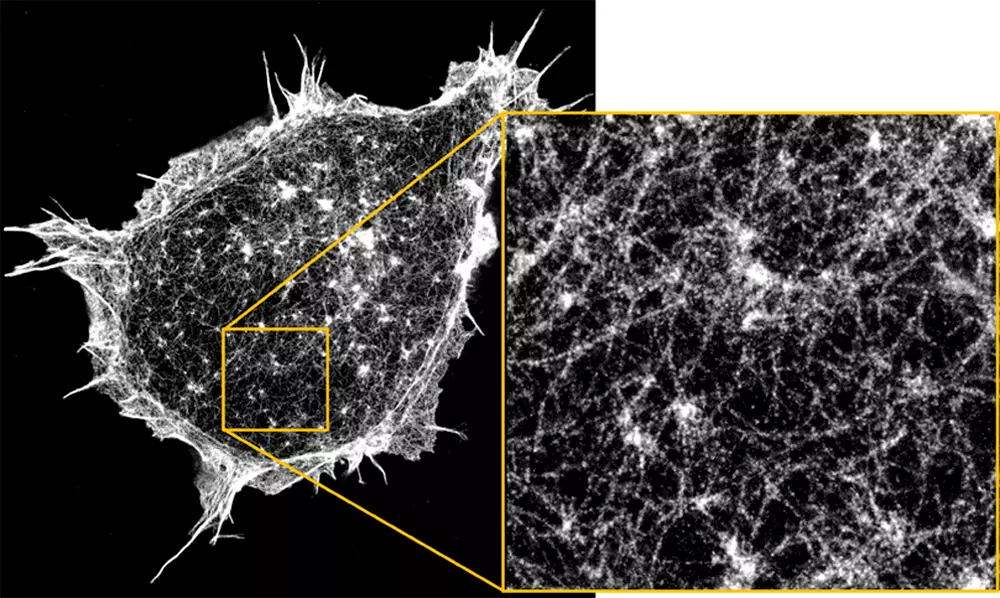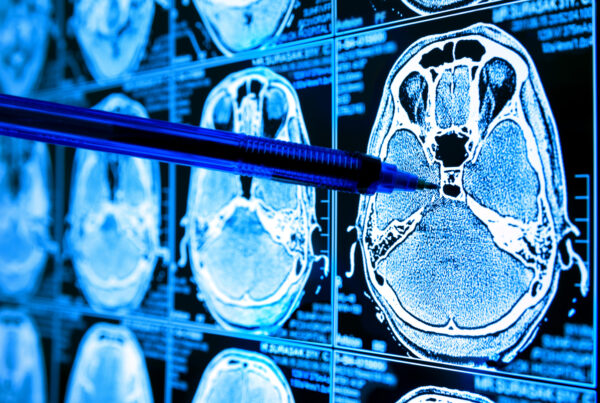Super-resolution Imaging

Problems
In biology, the interaction phenomena between molecules must be studied on extremely small spatial scales, unreachable by a traditional microscope. Super-resolution fluorescence microscopy techniques have become increasingly popular over the last decade, since they allow investigators to resolve details orders of magnitude smaller than the optical resolution limit, without having to resort to methods such as electron or scanning probe microscopy techniques.
Technology
Among the many available super-resolution techniques, the highest reported imaging resolutions have been achieved by localization-based methods such as STochastic Optical Reconstruction Microscopy (STORM) and PhotoActivated Localization Microscopy (PALM), which rely on chemical control over fluorophore photophysics in order to resolve the spatial position of individual fluorescent molecules with nanometer-level accuracy.
Outcomes and impact
With similar techniques, it is possible to deal with biological problems such as the existence of ordered structures within bacteria or the interaction of membrane proteins within predetermined structures, or the organization of the spatial conformation of DNA in the nucleus following the interaction of the cell with the external environment.
More details
3D super-resolution techniques for the imaging of thick samples
Super-resolution fluorescence microscopy techniques have become increasingly popular over the last decade, owing to the fact that they allow investigators to resolve details orders of magnitude smaller than the optical resolution limit, without having to resort to methods such as electron or scanning probe microscopy techniques. Among the many available super-resolution techniques, the highest reported imaging resolutions have been achieved by localization-based methods such as STochastic Optical Reconstruction Microscopy (STORM) and PhotoActivated Localization Microscopy (PALM), which rely on chemical control over fluorophore photophysics in order to resolve the spatial position of individual fluorescent molecules with nanometer-level accuracy. In our lab we set up novel optical techniques to achieve improved three-dimensional super-resolution images through a combination of inclined illumination and astigmatism to acquire volumetric super-resolved images of thick samples. We apply 3D STORM microscopy to study the structure of the actin cortex of eukaryotic cells and how it is regulated by the extracellular mechanical environment. Moreover, PALM microscopy is applied to the study of membrane proteins distribution on planktonic bacteria and bacteria biofilms to investigate the molecular mechanisms at the basis of antibiotic resistance. Lastly, we adopt a combination of single molecule three-dimensional tracking and super-resolution imaging to study the dynamics of interaction of ERK5, a kinase involved in melanoma growth, with the nucleus.









